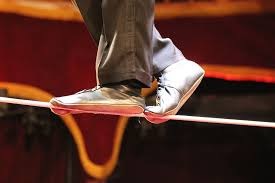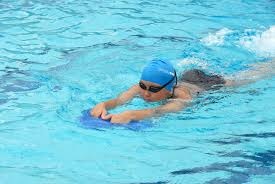 Whether you are a devotee of a local apple orchard or just a lover of apples, this is the best time of year. Right now, apples are at their peak, locally grown and ready to eat.
Whether you are a devotee of a local apple orchard or just a lover of apples, this is the best time of year. Right now, apples are at their peak, locally grown and ready to eat.
You’ve probably heard the adage, “An apple a day keeps the doctor away”. It’s not completely untrue. Apples are a great source of vitamin C, which is found just beneath the skin (another reason to eat the skin). Apples are high in fiber, relatively low calorie and contain minimal sodium and no cholesterol. Apples have been associated with lowering LDL cholesterol (the so-called bad kind) as well as contributing to a healthy digestive tract. Apples can be a part of a diabetic diet. Consumption of apples has been shown in a variety of studies to improve cardiovascular health, improve lunch function, and keep asthma at bay. And apples contain anti-oxidants, which play a role in pain management.
Here are a few ideas to incorporate apples into your regular eating patterns:
For kids’ lunches, many kids won’t bite right into an apple (especially if they have orthodontic appliances). So, help them out, slice and peel the apples and brush the flesh with a mixture of lemon juice and water to prevent browning. Immediately put the slices into an air-tight container.
Home-made applesauce from freshly picked apples is easy and makes the house smell great. Core the apples, peel them if you want (we don’t!), cut the apples into cubes and put them into a small saucepan. Cover the apples (just barely) with water. Boil the apples and then turn down the heat to low until the water lessens. Mash up the apples to the desired consistency. Add sweetener (sugar or sugar substitute, just a few teaspoons or its equivalence) and some cinnamon to taste. Serve warm or room temperature or cold the next day.
Baked apples: This fancy looking dessert isn’t that hard to make. The hardest part is coring and scooping out the inside of the apple (a melon baller helps). The rest of the recipe can be found here:
http://www.thekitchn.com/recipe-baked-apples-stuffed-with-oatmeal-brown-sugar-75752
And we love this recipe for Apple Butternut Squash Soup, which combines Michigan apples and Michigan root vegetables, too: The recipe can be found here:
http://www.michiganapples.com/Recipes/ID/533/Michigan-Apple-and-Butternut-Squash-Soup
So, get out there and pick your apples from the orchard or the grocery store, and eat them every which way. We hope it keeps the doctors away, except for well checks, of course!








